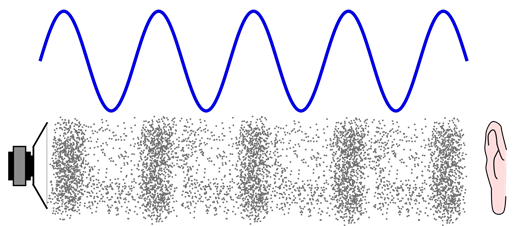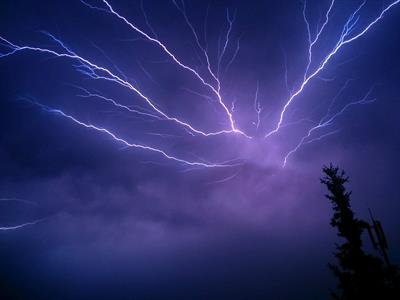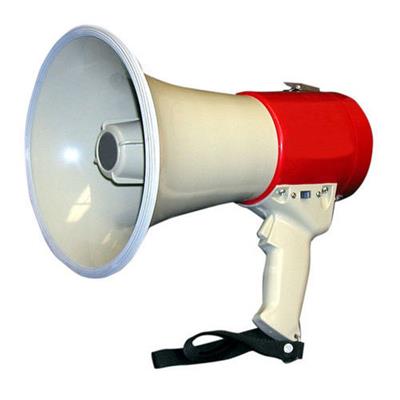PDF chapter test TRY NOW
Sound bounces back when it hits on a solid or a liquid. Like light, the sound gets reflected at the surface of a solid or liquid and follows the same laws of reflection as we studied in earlier classes.
Laws of reflection of sound:
- The incident sound wave, the reflected sound wave and the normal, all lie in the same plane.
- The angle of incident sound wave is equal to the angle of reflected sound wave( <i = < r ).

Echo:
- If we clap or shout near a suitable reflecting surface such as a mountain or cliff, we will hear the same sound again and again with some time delay.
- This happens due to the reflection of sound waves, and the sound which we hear is called an echo.
- The sensation of sound persists in our brain for about 0.1\ s. To hear a distinct echo, the time interval between the original sound and the reflected one must be at least 0.1\ s.
- To hear a distinct echo, the distance between the sound source and the obstacle must be at least 17.2\ m, the range of distance changes with the air temperature.
- Echoes may be heard more than once due to multiple reflections.
Example:
The rolling of thunder is due to the multiple reflections of the sound from a number of reflecting surfaces, such as the clouds and the land.

When we shout at the top of a mountain, the multiple reflections of sound wave causes echo.
Reverberation:
- A sound created by a sound source in a big party hall will persist long by repeated reflection from the walls.
- The repeated reflection that results in the persistence of sound is called reverberation.
- In the auditorium and big halls, reverberation is highly possible.
- To reduce reverberation, the walls and roof of the auditorium are generally covered with sound-absorbent materials like compressed fibreboard, rough plaster or draperies.
Uses of multiple reflections of sound:
- Horns, trumpets and megaphones are designed in such a way that sound can travel in a particular direction only without spreading out everywhere. This makes it easier for the audience to listen to the speaker. All these instruments work on the phenomena of multiple reflections of sound.

Megaphone
- The multiple reflections in a stethoscope tube make it possible for the doctors to listen to a patient’s heartbeat.
- Generally, the ceilings of conference halls and cinema halls are curved, so that sound after reflection reaches all corners of the hall. Sometimes, soundboard may be placed behind the
stage so that the sound, after reflecting from the soundboard, spreads evenly across the width of the hall.
Reference:
https://commons.wikimedia.org/wiki/File:Lightning_Storm_(115334089).jpeg
